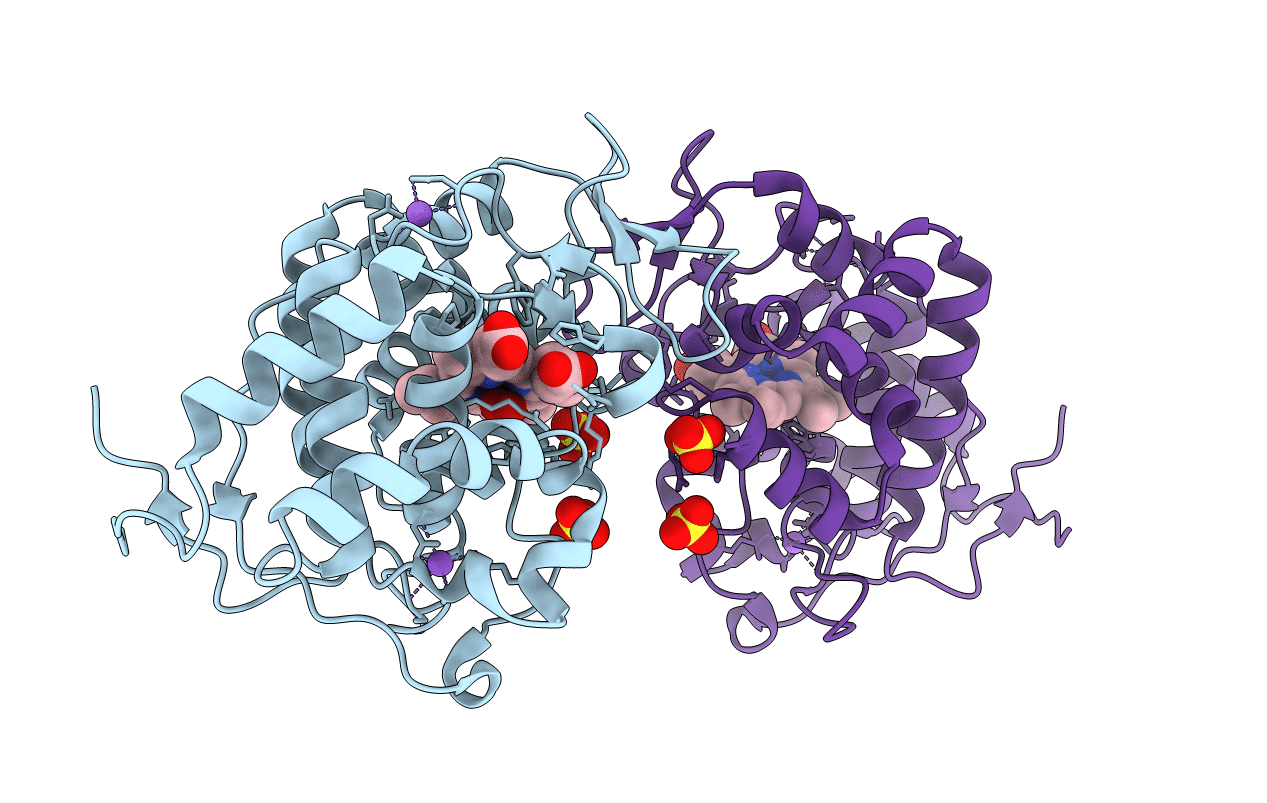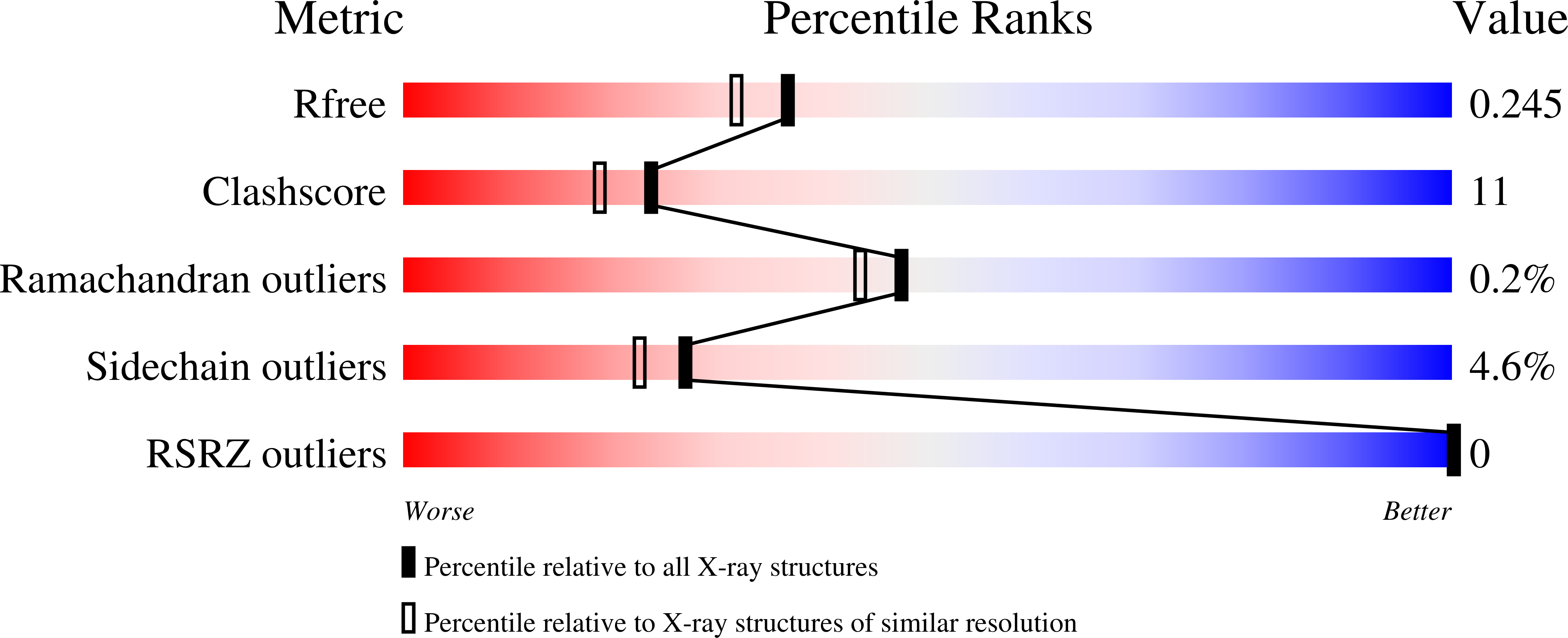
Deposition Date
2021-06-01
Release Date
2022-06-08
Last Version Date
2024-01-31
Method Details:
Experimental Method:
Resolution:
2.02 Å
R-Value Free:
0.23
R-Value Work:
0.16
Space Group:
P 31 2 1


